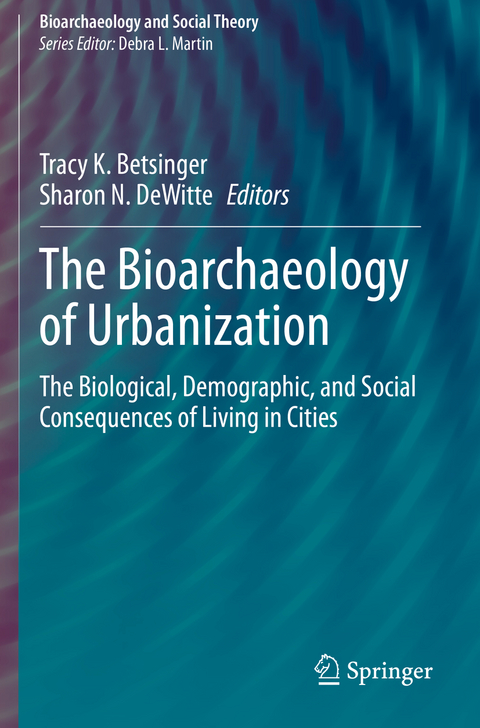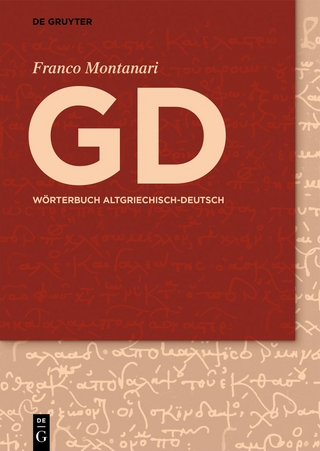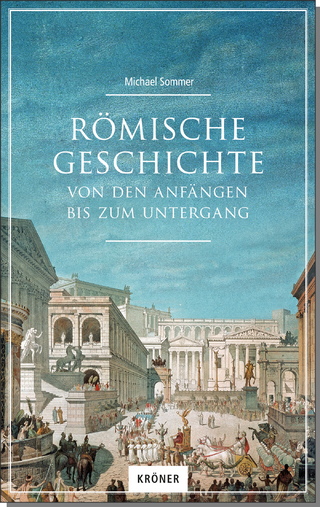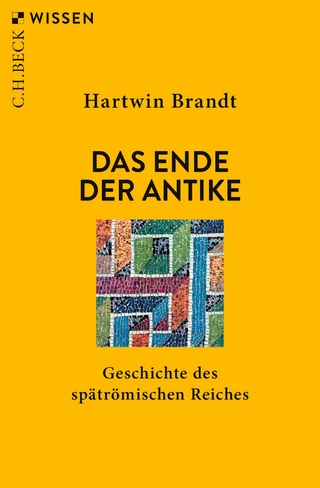
The Bioarchaeology of Urbanization
Springer International Publishing (Verlag)
978-3-030-53419-6 (ISBN)
Urbanization has long been a focus of bioarchaeological research, but what is missing from the literature is an exploration of the geographic and temporal range of human biological, demographic, and sociocultural responses to this major shift in settlement pattern. Urbanization is characterized by increased population size and density, and is frequently assumed to produce negative biological effects. However, the relationship between urbanization and human "health" requires careful examination given the heterogeneity that exists within and between urban contexts. Studies of contemporary urbanization have found both positive and negative outcomes, which likely have parallels in past human societies.
This volume is unique as there is no current bioarchaeological book addressing urbanization, despite various studies of urbanization having been conducted. Collectively, this volume provides a more holistic understanding of the relationships between urbanization and various aspectsof human population health. The insight gained from this volume will provide not only a better understanding of urbanization in our past, but it will also have potential implications for those studying urbanization in contemporary communities.
lt;p>
Tracy K. Betsinger is Associate Professor of Anthropology at SUNY-Oneonta. She specializes in bioarchaeology, paleopathology, and mortuary archaeology. Her research focuses on examining the impacts of age, gender, social status, settlement patterns, and social identity and personhood on various aspects of health including disease, diet, stress, and trauma. She has worked extensively with medieval and post-medieval Polish skeletal remains as well as remains from the American Southeast. She recently co-edited two volumes: The Anthropology of the Fetus: Biology, Culture, and Society and The Odd, the Unusual, and the Strange: Bioarchaeological Explorations of Atypical Burials.
Sharon N. DeWitte is a Professor in the Department of Anthropology at the University of South Carolina, Columbia. She specializes in bioarchaeology, paleodemography, and paleoepidemiology. She is particularly interested in the evolution, ecology, epidemiology, and the consequences of disease in past populations and the ways in which such research informs our understanding of disease in living populations. For over 15 years, her research has primarily focused on trends in health and demography before, during, and after the 14th-century Black Death in England. She is currently on the editorial board of Evolutionary Anthropology.Chapter 1. Introduction to the Bioarchaeology of Urbanization (Sharon N. DeWitte and Tracy K. Betsinger).- Part I: Early Urban Centers.- Chapter 2. Changing People, Changing Settlements? A Perspective on Urbanization from Roman Britain (Rebecca C. Redfern).- Chapter 3. Ritual, Urbanism and the Everyday: Mortuary Behavior in the Indus Civilization (Gwen Robbins Schug).- Chapter 4. Urbanization and Parasitism: Archaeoparisitology of South Korea (Dong Hoon Shin, Min Seo, Sang-Yuck Shim, Jong Ha Hong and Jieun Kim).- Part IIMedieval and Post-medieval Cities.- Chapter 5. Dietary Variation in an Urbanizing City: A Temporal Analysis of Diet in Late Medieval London Using Stable Isotopes (Brittany S. Walter, Sharon N. DeWitte, Tosha Dupras and Julia Beaumont).- Chapter 6. Bioarchaeological Aspects of the Early Stage of Urbanization in Sigtuna, Sweden (Anna Kjellström_.- Chapter 7. Markets and Mycobacteria: A Comprehensive Analysis of the Influence of Urbanization on Leprosy and TuberculosisPrevalence in Denmark (AD 1200-1536) (K. Saige Kelmelis, Vicki R.L. Kristensen, Mette Alexandersen and Dorthe Dangvard Pedersen).- Chapter 8. The Bioarchaeology of Urbanization in Denmark (Julia A. Gamble).- Chapter 9.Frailty, Survivorship, and Stress in Medieval Poland: A Comparison of Urban and Rural Populations (Tracy K. Betsinger, Sharon N. DeWitte, Amanda M. Agnew and Hedy Justus).- Chapter 10. Urban-Rural Differences in Respiratory Tract Infections in Medieval and Early Modern Polish Subadult Samples (Marta Krenz-Niedbala and Sylwia Lukasik).- Part III: Premodern and Industrial Cities.- Chapter 11. Colonial Urbanism: A Comparative Exploration of Skeletal Stress in the Two Eighteenth Century North American Colonies (Amy B. Scott, Marie Danforth, Sarah MacInnes, Nicole Hughes and Mattia Fonzo).- Chapter 12.Eighteenth Century Urban Growth and Parasites at the Fotress of Louisbourg, Nova Scotia, Canada (Mattia Fonzo, Amy B. Scott and Mike Duffy).- Chapter 13. Exploring Patterns of Appositional Growth Amongst Urban Children (Rachel Ives and Louise Humphrey).- Chapter 14.Childhood Morbidity and Mortality in Europe's Industrial Era (Sarah C. Reedy).- Chapter 15.Respiratory Stress at the Periphery of Industrial-Era London: Insight from Parishes Within and Outside the City (Derek A. Boyd).- Chapter 16. Is the Pen Mightier Than the Sword? Exploring Urban and Rural Health in Victorian England and Wales Using the Registrar General Reports (Gillian Crane-Kramer and Jo Buckberry).- Chapter 17. The Nabataean Urban Experiment and Dental Disease and Childhood Stress (Megan Perry and Alysha Lieurance).- Chapter 18. Reconstructed Weaning Ages in Urbanized Cities of Premodern Japan: Insight into the Relationship Between Employment and Fertility (Takumi Tsutaya, Yukari Kakinuma and Minoru Yoneda).- Chapter 19. "What Lies Beneath Those Urban Settings? The Value of Bioarchaeology in Understanding the Complexities of Urban Health and Well-Being" (Charlotte Ann Roberts).- Index.
"The case-studies are fascinating and many showcase novel investigative techniques that generate nuanced and insightful interpretations. The contributors represent both well-established figures within the field as well as more junior researchers. That makes this book an essential read for anybody interested in palaeopathology, interdisciplinary methodology or future directions in bioarchaeology." (Ben R. Wigley, Assemblage, Vol. 18, October, 2021)
“The case-studies are fascinating and many showcase novel investigative techniques that generate nuanced and insightful interpretations. The contributors represent both well-established figures within the field as well as more junior researchers. That makes this book an essential read for anybody interested in palaeopathology, interdisciplinary methodology or future directions in bioarchaeology.” (Ben R. Wigley, Assemblage, Vol. 18, October, 2021)
| Erscheinungsdatum | 09.11.2021 |
|---|---|
| Reihe/Serie | Bioarchaeology and Social Theory |
| Zusatzinfo | XIX, 538 p. 100 illus., 48 illus. in color. |
| Verlagsort | Cham |
| Sprache | englisch |
| Maße | 155 x 235 mm |
| Gewicht | 848 g |
| Themenwelt | Geisteswissenschaften ► Archäologie |
| Geschichte ► Allgemeine Geschichte ► Altertum / Antike | |
| Schlagworte | archaeoparasitology, and ancient DNA • implications for contemporary communities • isotopic data, skeletal markers of stress and disease • local ecological and sociocultural conditions • populations and negative outcomes from urbanization |
| ISBN-10 | 3-030-53419-7 / 3030534197 |
| ISBN-13 | 978-3-030-53419-6 / 9783030534196 |
| Zustand | Neuware |
| Haben Sie eine Frage zum Produkt? |
aus dem Bereich


